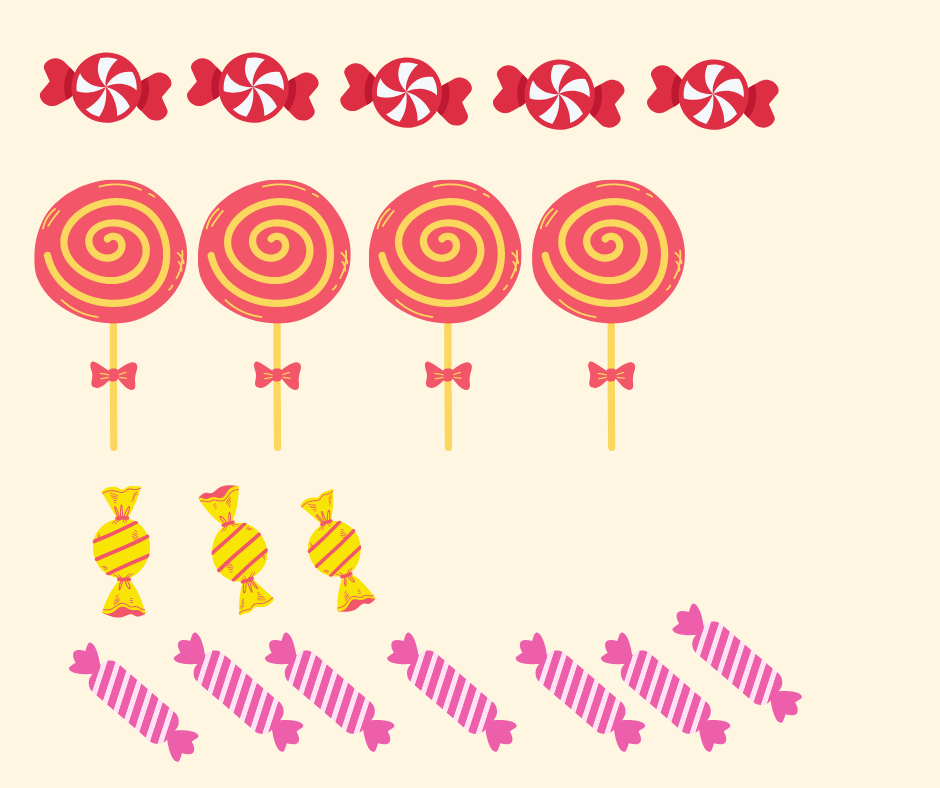Last time, we looked at an example of a “messy” email and went over some strategies on how to organize it. This email consisted of one long, rambling paragraph that needed to be broken up into several paragraphs, with each paragraph focusing on a different topic.
Let’s look at this email again…
Dear Lisa,
How are you? The meeting with Howard yesterday went about as well as expected. Ahmed wasn’t there either. He hasn’t come back from Doha yet, but he should be back tomorrow. The files for the XYZ project are attached to this email. Please don’t forget to send me the P.O. for the testing equipment. Howard mentioned it during the meeting. Have you heard from him yet? He said he was going to email you either today or tomorrow. I did get an email from Tam. She said the gas tank on one of the test vehicles has fallen off. No one is supposed to go anywhere near it. They also don’t want anybody smoking or moving any chemicals near that area, so please inform Jesse and the rest of the team before they go out to the site. When Ahmed comes back, can you arrange a conference call with Jesse and Rashida? Anyhow, I hope we can grab some lunch at that new Indian restaurant sometime soon. Let me know when you’re available.
Best regards,
Taylor
Maybe you are thinking, “Yes, I can see that this email is a mess. But I’m still not sure how to break up that long paragraph. I have trouble doing that with my own emails.”
Making an outline can help you organize long emails that cover a number of different topics.
If the idea of making an outline sounds scary, keep in mind that there isn’t one “right” way to do it. You can write it on scratch paper, on your word processor, or anywhere else that feels comfortable to you.
Here is what an outline of our example email might look like…
- Meeting with Howard
- It went as well as expected.
- Howard should be emailing Lisa soon.
- XYZ Project
- Attach files to the email.
- Ask Lisa for P.O. for testing equipment.
- Gas tank on test vehicle
- Tam sent email and said the gas tank had fallen off.
- No one is supposed to go near this vehicle.
- No smoking or moving chemicals near the test area.
- Jesse and team need to know about this before they go to the site.
- Conference call
- This call should take place after Ahmed returns from Doha.
- Include Jesse and Rashida.
- Lunch
- Check out the new Indian restaurant.
As you can see, an outline for an email is just a list.
Think about the topics you need to discuss in your email and write them down. Then read through each topic and add the necessary details to each one. For example, if one of your topics is “Meeting”, then you would add the time and place of the meeting, along with any other information that your email recipient needs to know about that meeting. Don’t worry about complete sentences, spelling, or grammar at this point. You can fix that later.

Once you have filled in all the details for each topic, review your list. Decide which issue is the most important. In our example email, the problem with the gas tank is by far the most urgent topic, so it should be mentioned first. Once you have determined the priority level of each of your ideas, you can easily arrange the topics according their importance.
That’s it! You have an outline!
Now you can start writing your actual email. If you use your outline as a guide, the end result should be a well-organized email.








Ask an Editor: A New TextRanch Feature!
Proofreading vs. Editing: What’s the Difference?
Human Editors: Why Do You Need One?
How can I improve my understanding of native-English speakers? Part 1